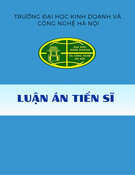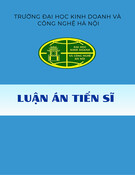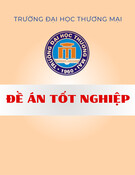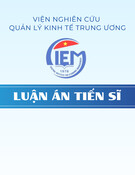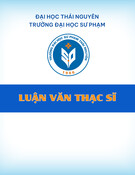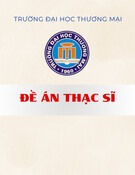
v
3.3.1 Analysis of interviewee data ................................................................................................ 38
3.3.2 Analysis of e-government websites ..................................................................................... 39
3.4 Summary ......................................................................................................................................... 39
CHAPTER 4 DATA ANALYSIS......................................................................................................... 40
4.1 Introduction ................................................................................................................................. 40
4.2 The use of e-government services ............................................................................................... 40
4.2.1 Categorisation of use ............................................................................................................ 44
Interactional e-government services .............................................................................................. 46
4.2.2 Frequency of use .................................................................................................................. 46
4.2.3 Satisfaction of use ................................................................................................................ 47
4.2.4 Use of other online services ................................................................................................. 51
4.2.5 Intention to use e-government in the future ......................................................................... 51
4.3 Quality of e-government services in Jordan................................................................................ 53
4.3.2 Service quality ..................................................................................................................... 58
4.3.3 System quality ...................................................................................................................... 61
4.3.4 Summary .............................................................................................................................. 64
4.4 The way citizen expectations are formed .................................................................................... 65
4.4.1 E-government experiences ................................................................................................... 65
4.3.2 Experiences with other e-services ........................................................................................ 66
4.4.3 Using offline government services....................................................................................... 72
4.4.4 Suggestions to improve the quality e-government services ................................................. 73
4.5 The relation between quality of service with citizen’ trust ......................................................... 77
4.5.1 Trust and e-government service from citizen perspective ................................................... 77
4.5.2 Impact of quality e-government service on trust (direct impact or not impact) ................... 78
4.5.3 Suggestions to improve citizen’ trust ................................................................................... 79
4.6 Summary of the findings ............................................................................................................. 81
CHAPTER 5 DISCUSSION AND CONCLUSION............................................................................. 83
5.1 Introduction ................................................................................................................................. 83
5.2 Revisiting the research questions ................................................................................................ 83
5.3 Recommendation for e-government providers............................................................................ 86
5.4 Contributions of the study ........................................................................................................... 87
5.5 Limitations and future research .............................................................................................. 88
5.6 Conclusion ................................................................................................................................. 88
REFERENCES ................................................................................................................................. 90
Appendix 1 Interview Questions........................................................................................................... 99
Appendix 2 Invitation letter ................................................................................................................ 100









